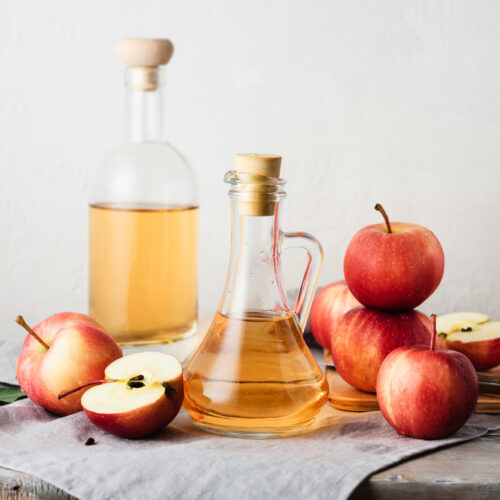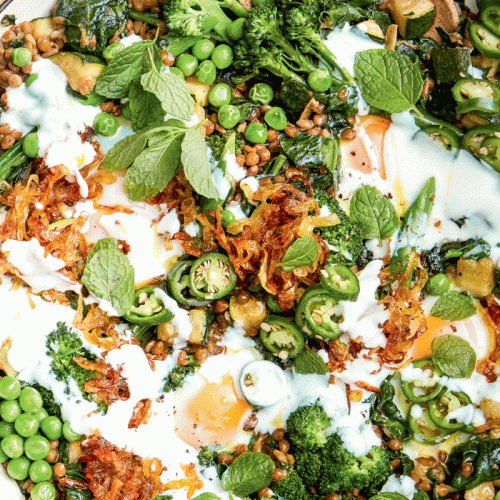
You may have heard that chewing slowly helps you maintain a healthy weight. Experts say this is because you eat more mindfully, tuning yourself into your fullness signals, so you don’t overeat. But new research shows slow chewing may also help prevent weight gain because it increases energy expenditure during digestion.
The study, published in Scientific Reports, has found a link between diet-induced thermogenesis (DIT) and chewing.
DIT is energy expenditure via heat after food consumption, and enhancing it is thought to lead to weight loss.
The researchers found slow eating and thorough chewing not only increased DIT, but it also enhanced blood circulation in the abdomen.
Co-author Naoyuki Hayashi says the difference in energy expenditure is small but will add up across daily meals, and may be another tool to help with obesity and metabolic syndrome prevention efforts.
“We found DIT or energy production increased after consuming a meal, and it increased with the duration of each taste stimulation and the duration of chewing. This means irrespective of the influence of the food bolus, oral stimuli, corresponding to the duration of tasting food in the mouth and the duration of chewing, increased DIT,” Professor Hayushi says.
Previous studies have shown DIT deficit may predispose people to obesity, but the evidence is conflicting.
How to chew more slowly
If you’d like to slow down your chewing pace, mindful eating is a great method.
Mindful eating is eating with intention and attention, noticing the food and how it makes you feel.
- When you eat, remove any distractions and pay attention to the meal or snack with all your senses.
- Look at the meal and take in the colours and presentation. Smell the food and notice the different notes you can detect.
- Tune into your hunger signals. Are they present or are you eating because you’re bored or experiencing uncomfortable emotions?
- When you take a bite, feel the texture of the food as well as pay attention to the taste. Is it crunchy, moist, hard, soft or chewy? How does the texture change as you chew? See how many layers of flavour you can identify. Is it sweet, sour, spicy, salty, umami, acidic or bitter? Do the flavours change as you chew?
- As you eat, pay attention to how your hunger signals change to fullness. Observe how the food makes you feel and when you start to feel full, stop.
- If you’re eating with utensils, putting them down between mouthfuls can help with focus and slow your pace down.
Article sources and references
- 1. Yuka Hamada, Naoyuki Hayashi. Chewing increases postprandial diet-induced thermogenesis. Scientific Reports, 2021; 11 (1) DOI: 10.1038/s41598-021-03109-xhttps://www.nature.com/articles/s41598-021-03109-x
- Science Daily, 12 January 2022. Chewing to stay slim: How to savor your food better and dodge weight gain. Accessed January 2022https://www.sciencedaily.com/releases/2022/01/220112105657.htm
- Ho, K. K. Y. (2018). Diet-induced thermogenesis: fake friend or foe?, Journal of Endocrinology, 238(3), R185-R191. Retrieved Jan 20, 2022https://joe.bioscientifica.com/view/journals/joe/238/3/JOE-18-0240.xml
www.healthyfood.com










